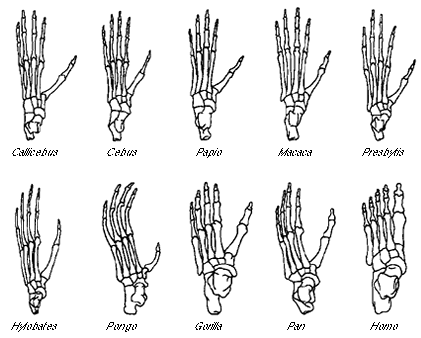
Their range of sounds expresses everything from excitement to contentment and joy to fear. One example of their rich language of calls and vocal expressions is their capacity to have different warning calls for various predators. They call to each other to announce the presence of certain foods or the imminent danger of a predator. Usually, these groups consist of 20 or 30 individuals but can grow up to several dozen. Photo: © Michael Nichols from Brutal Kinship (Aperture)Ĭhimpanzees live, eat, hunt, and play communally in groups. Whether or not they are biological fathers, males in the group play essential roles in the lives of the young. While fathers and mothers do not form monogamous bonds for life, the males in a group play with the children and protect them. Then, one morning, Sniff came into the feeding area cradling her dead body. When they came to camp Sorema they ate bananas, but it was milk she needed, and each day she seemed weaker and her eyes looked bigger. It was a touching sight to see the juvenile male moving about with his tiny sister, pressing her against his breast with one hand, cuddling and grooming her. Sniff, a member of the chimpanzee family that Jane Goodall spent decades studying, adopted his sister after their mother's death:ĭuring the two weeks that Sorema survived her mother she was carried everywhere by her six year old brother Sniff. In other situations, the adopted young fare well in the care of older adults. If a sibling who adopts the infant/child is too young and unable to provide nutrition and proper care, the infant can die as well. 9 Some very young chimpanzees have been known to die of grief when their mother dies.

If a chimpanzee's mother falls ill, older siblings or other females in the group will tend to the sick mother's child. 9 (To read how this contrasts sharply with breeding in labs, read Lab Life Traumas.)

Most free-living chimpanzee mothers have only about three children in their lifetime twins are rare. Babies are not weaned until they are about five years old and remain close to their mothers for the first decade of their lives. Because chimpanzees give birth once every five or six years, mothers can nurture and teach their children intimately. Occasionally, females will migrate to mate but return to their natal group. Upon reaching sexual maturity, females migrate to neighboring communities while males stay in their natal group. Mothers and sons typically have lifelong bonds, as do other individuals within an extended social group. In one instance, a young male named Sniff adopted his baby sister after their mother's death. 9 Jane Goodall, the famous primatologist, noted this on many occasions. If a mother is injured or dies, others will take on the role of caregiver. Infant chimpanzees are reared by their mothers and have close relationships with related females and older siblings, who often share their care.

In the wild, female chimpanzees typically give birth only once every five years, usually to one baby. 3Ĭhimpanzees and humans both reach sexual maturity in their early teens. 1,2 They have a fission-fusion social organization in which they break off into smaller interchangeable groups and periodically come together. The hunter-gatherer lifestyle of early human communities is thought to resemble that of chimpanzees. They live in extended family groups of as many as 20-120 individuals.

Family Lifeįamily relationships are vital to chimpanzees. Their needs in these areas contrast sharply with the barren and often isolated lives so many lived in U.S. What follows are astounding details of their family life, distinctive culture, and social interaction. Chimpanzees' complex family and social interactions are essential to them.


 0 kommentar(er)
0 kommentar(er)
